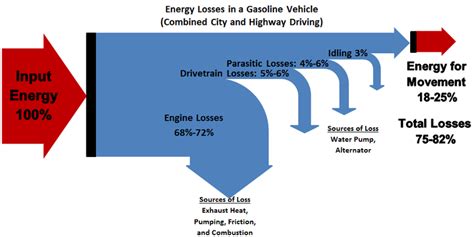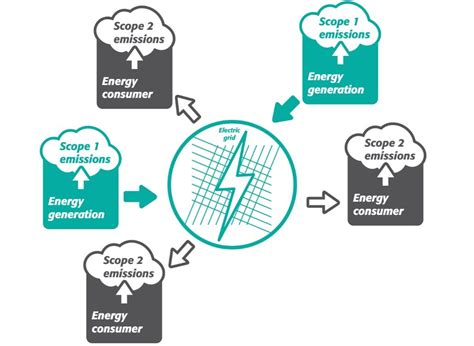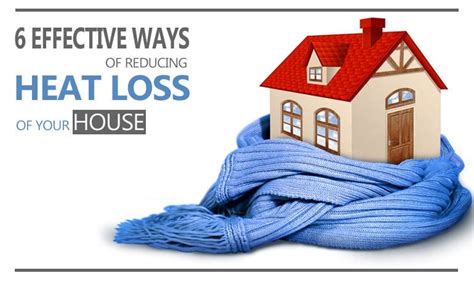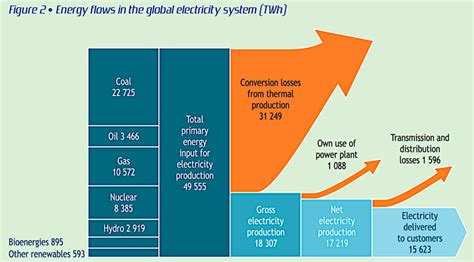Reducing energy losses is a critical aspect of improving the overall efficiency of energy systems, whether it's in the context of power transmission, industrial processes, or building management. Energy losses can occur due to various factors such as resistance in transmission lines, inefficient equipment, or inadequate insulation. These losses not only result in increased energy consumption but also lead to higher costs and environmental impacts. According to the U.S. Energy Information Administration, in 2020, the total energy consumption in the United States was approximately 100.2 quadrillion British thermal units (Btu), with about 34% of this energy being lost due to inefficiencies in generation, transmission, and distribution.
Understanding the sources and mechanisms of energy losses is essential for developing effective strategies to minimize them. One of the primary sources of energy loss is the resistance encountered in electrical transmission lines. As electricity flows through these lines, some of the energy is converted into heat due to the resistance of the conductors, leading to energy loss. The amount of energy lost can be significant, especially over long distances. For instance, a study by the National Renewable Energy Laboratory found that the average transmission loss in the United States is around 6.5%, which translates to about 240 billion kilowatt-hours (kWh) of electricity lost per year.
Key Points
- Energy losses in transmission and distribution systems account for a significant portion of total energy consumption.
- Improving the efficiency of electrical equipment and using advanced materials can reduce energy losses.
- Smart grid technologies and real-time monitoring can help in identifying and mitigating energy losses more effectively.
- Building insulation and efficient HVAC systems can significantly reduce energy losses in buildings.
- Renewable energy sources can play a crucial role in reducing overall energy losses by providing energy closer to the point of consumption.
Strategies for Reducing Energy Losses

Several strategies can be employed to reduce energy losses, ranging from improving the efficiency of electrical equipment to implementing smart grid technologies. One approach is to use high-temperature superconductors in transmission lines, which can significantly reduce resistance and thus minimize energy losses. Another strategy involves upgrading to more efficient transformers and using power factor correction techniques to reduce energy losses in industrial settings. For example, a case study by the U.S. Department of Energy found that implementing power factor correction at an industrial facility resulted in a 12% reduction in energy consumption.
Role of Smart Grid Technologies
Smart grid technologies play a pivotal role in reducing energy losses by enabling real-time monitoring and control of energy distribution. These technologies can identify areas of high energy loss and allow for immediate corrective action, thereby improving the overall efficiency of the grid. Additionally, smart grids can facilitate the integration of renewable energy sources, which can provide energy closer to the point of consumption, thereby reducing transmission losses. A study by the International Energy Agency found that the widespread adoption of smart grid technologies could reduce global energy losses by up to 10% by 2030.
| Energy Loss Reduction Strategies | Expected Savings |
|---|---|
| High-temperature superconductors in transmission lines | Up to 50% reduction in transmission losses |
| Efficient transformers and power factor correction | 10-15% reduction in industrial energy consumption |
| Smart grid technologies and real-time monitoring | 5-10% reduction in overall energy losses |
| Building insulation and efficient HVAC systems | 20-30% reduction in building energy consumption |

Building Efficiency and Renewable Energy

In the context of buildings, reducing energy losses is crucial for minimizing energy consumption and environmental impact. Improving building insulation, using efficient heating, ventilation, and air conditioning (HVAC) systems, and incorporating renewable energy sources such as solar panels can significantly reduce energy losses. For example, a study by the National Institute of Building Sciences found that buildings with high levels of insulation and efficient HVAC systems can reduce energy consumption by up to 50%. Furthermore, integrating renewable energy sources into buildings can provide a significant portion of the energy required, thereby reducing reliance on the grid and minimizing transmission losses.
Renewable Energy Integration
The integration of renewable energy sources, such as wind and solar power, into the energy mix can also contribute to reducing energy losses. By generating energy closer to the point of consumption, renewable energy sources can minimize the need for long-distance transmission, thereby reducing energy losses associated with transmission lines. Additionally, renewable energy can provide a cleaner source of energy, reducing the environmental impacts associated with traditional fossil fuel-based energy production. According to the International Renewable Energy Agency, the widespread adoption of renewable energy could reduce global carbon emissions by up to 70% by 2050.
In conclusion, reducing energy losses is a complex issue that requires a multifaceted approach. By implementing strategies such as improving the efficiency of electrical equipment, utilizing smart grid technologies, enhancing building insulation, and integrating renewable energy sources, significant reductions in energy losses can be achieved. These efforts not only contribute to energy conservation and cost savings but also play a critical role in mitigating environmental impacts and ensuring a sustainable energy future.
What are the primary causes of energy losses in transmission and distribution systems?
+The primary causes of energy losses in transmission and distribution systems include resistance in transmission lines, inefficient transformers, and poor grid management. These losses can be minimized through the use of high-temperature superconductors, efficient transformers, and smart grid technologies.
How can building insulation and efficient HVAC systems reduce energy losses?
+Building insulation helps to reduce heat transfer between the building and the external environment, thereby minimizing the need for heating and cooling. Efficient HVAC systems, on the other hand, can provide the required heating and cooling with less energy consumption. Together, these measures can significantly reduce energy losses in buildings.
What role can renewable energy sources play in reducing energy losses?
+Renewable energy sources, such as solar and wind power, can reduce energy losses by providing energy closer to the point of consumption, thereby minimizing the need for long-distance transmission. Additionally, renewable energy can offer a cleaner source of energy, reducing environmental impacts associated with traditional energy production.



